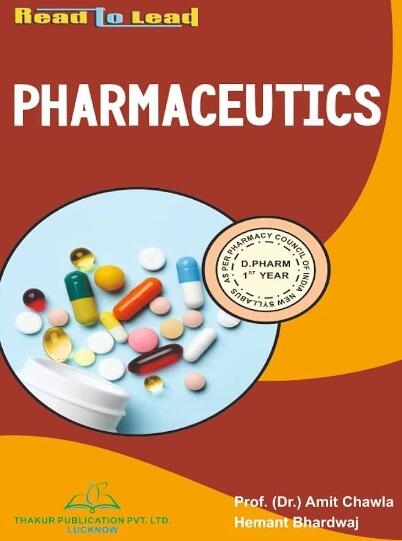基于内源性 L-谷胱甘肽氧化分子制备具有谷胱甘肽响应性的紫杉醇原药,用于癌症治疗
IF 4.9
3区 医学
Q1 PHARMACOLOGY & PHARMACY
引用次数: 0
摘要
使用内源性载体是解决药物递送领域载体生物相容性的最佳方法。在此,我们基于内源分子 L-谷胱甘肽氧化物(GSSG),采用一锅合成法制备了一种谷胱甘肽响应型紫杉醇原药胶束,用于癌症治疗。在二环己基碳二亚胺(DCC)和 4-二甲氨基吡啶(DMAP)催化剂的作用下,氧化 L-谷胱甘肽中的羧基与紫杉醇(PTX)中的羟基发生反应。然后,氨基聚乙二醇单甲醚(mPEG-NH2)与 GSSG 共轭,制备出 PTX-GSSG-PEG。利用红外光谱(FT-IR)、核磁共振光谱(NMR)和质谱(MS)对 PTX-GSSG-PEG 的结构进行了表征。利用紫外光谱(UV-Vis)对 PTX-GSSG-PEG 中 PTX 的药物释放动力学进行了定量分析。经动态光散射(DLS)评估,PTX-GSSG-PEG 胶束的粒径为 83 nm,在 pH 值为 7.4 的 PBS 中 7 天粒径保持稳定。此外,胶束还能在还原型谷胱甘肽环境中降解和释放 PTX。经核磁共振测定,PTX-GSSG-PEG 中 PTX 的载药量为 13%。细胞活力实验表明,PTX-GSSG-PEG 胶束可诱导 MCF-7 细胞凋亡。总之,利用这种基于内源性分子 GSSG 的谷胱甘肽响应型紫杉醇原药胶束,未来有可能开发出新型纳米药物。本文章由计算机程序翻译,如有差异,请以英文原文为准。
Preparation of Glutathione-Responsive Paclitaxel Prodrug Based on Endogenous Molecule of L-Glutathione Oxidized for Cancer Therapy
Using an endogenous carrier is the best method to address the biocompatibility of carriers in the drug delivery field. Herein, we prepared a glutathione-responsive paclitaxel prodrug micelle based on an endogenous molecule of L-glutathione oxidized (GSSG) for cancer therapy using one-pot synthesis. The carboxyl groups in L-glutathione oxidized were reacted with the hydroxyl group in paclitaxel (PTX) using the catalysts dicyclohexylcarbodiimide (DCC) and 4-dimethylaminopyridine (DMAP). Then, the amino-polyethylene glycol monomethyl ether (mPEG-NH2) was conjugated with GSSG to prepare PTX-GSSG-PEG. The structure of PTX-GSSG-PEG was characterized using infrared spectroscopy (FT-IR), nuclear magnetic resonance spectroscopy (NMR), and mass spectrometry (MS). The drug release kinetics of PTX within PTX-GSSG-PEG were quantified using ultraviolet spectroscopy (UV-Vis). The size of the PTX-GSSG-PEG micelles was 83 nm, as evaluated using dynamic light scattering (DLS), and their particle size remained stable in a pH 7.4 PBS for 7 days. Moreover, the micelles could responsively degrade and release PTX in a reduced glutathione environment. The drug loading of PTX in PTX-GSSG-PEG was 13%, as determined using NMR. Furthermore, the cumulative drug release rate of PTX from the micelles reached 72.1% in a reduced glutathione environment of 5 mg/mL at 120 h. Cell viability experiments demonstrated that the PTX-GSSG-PEG micelles could induce the apoptosis of MCF-7 cells. Additionally, cell uptake showed that the micelles could distribute to the cell nuclei within 7 h. To sum up, with this glutathione-responsive paclitaxel prodrug micelle based on the endogenous molecule GSSG, it may be possible to develop novel nanomedicines in the future.
求助全文
通过发布文献求助,成功后即可免费获取论文全文。
去求助
来源期刊

Pharmaceutics
Pharmacology, Toxicology and Pharmaceutics-Pharmaceutical Science
CiteScore
7.90
自引率
11.10%
发文量
2379
审稿时长
16.41 days
期刊介绍:
Pharmaceutics (ISSN 1999-4923) is an open access journal which provides an advanced forum for the science and technology of pharmaceutics and biopharmaceutics. It publishes reviews, regular research papers, communications, and short notes. Covered topics include pharmacokinetics, toxicokinetics, pharmacodynamics, pharmacogenetics and pharmacogenomics, and pharmaceutical formulation. Our aim is to encourage scientists to publish their experimental and theoretical details in as much detail as possible. There is no restriction on the length of the papers. The full experimental details must be provided so that the results can be reproduced.
 求助内容:
求助内容: 应助结果提醒方式:
应助结果提醒方式:


